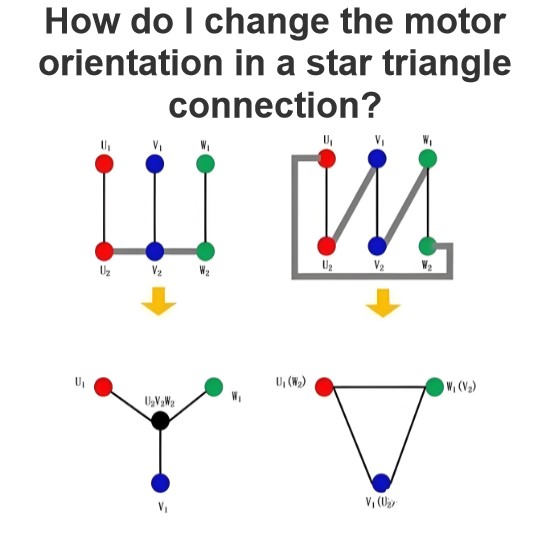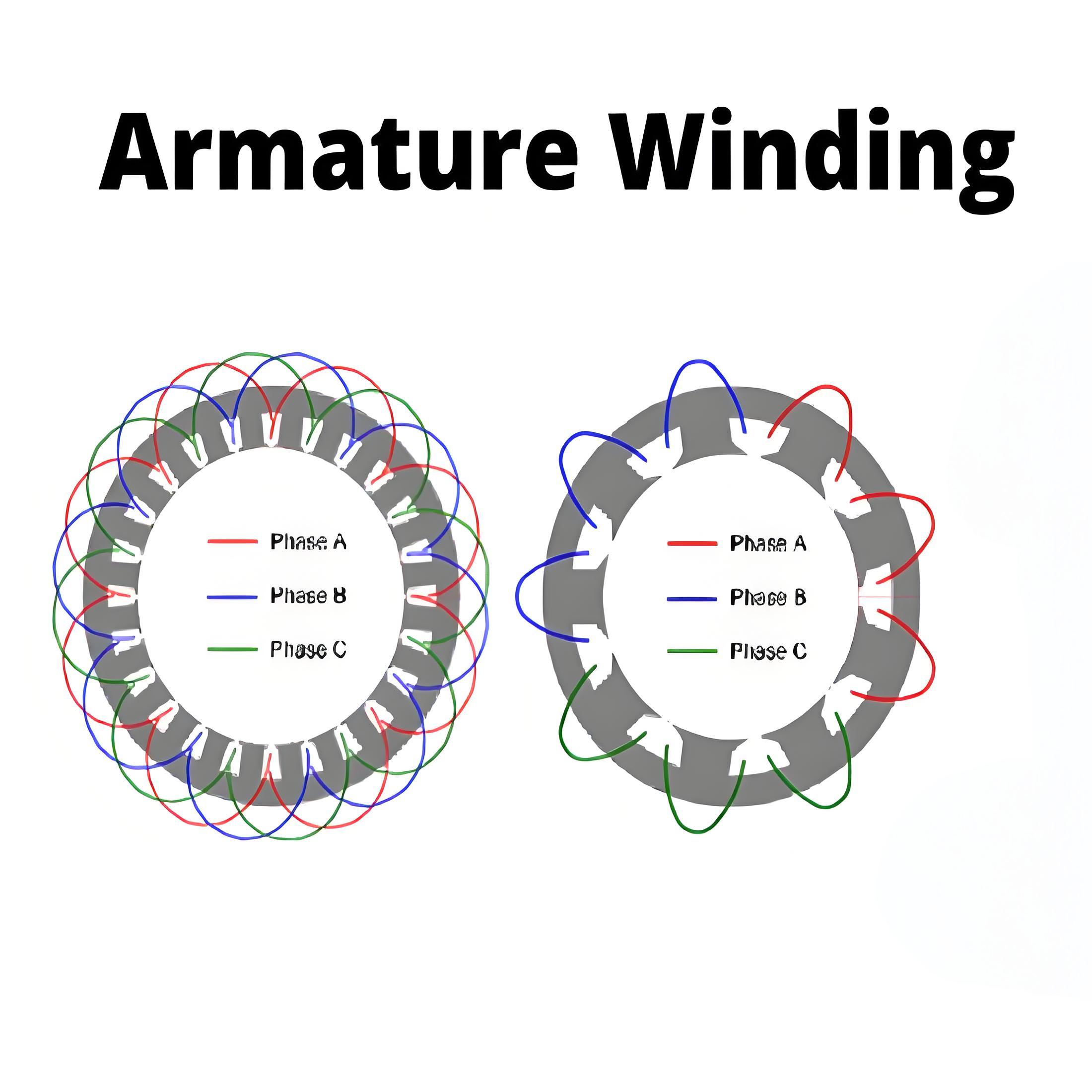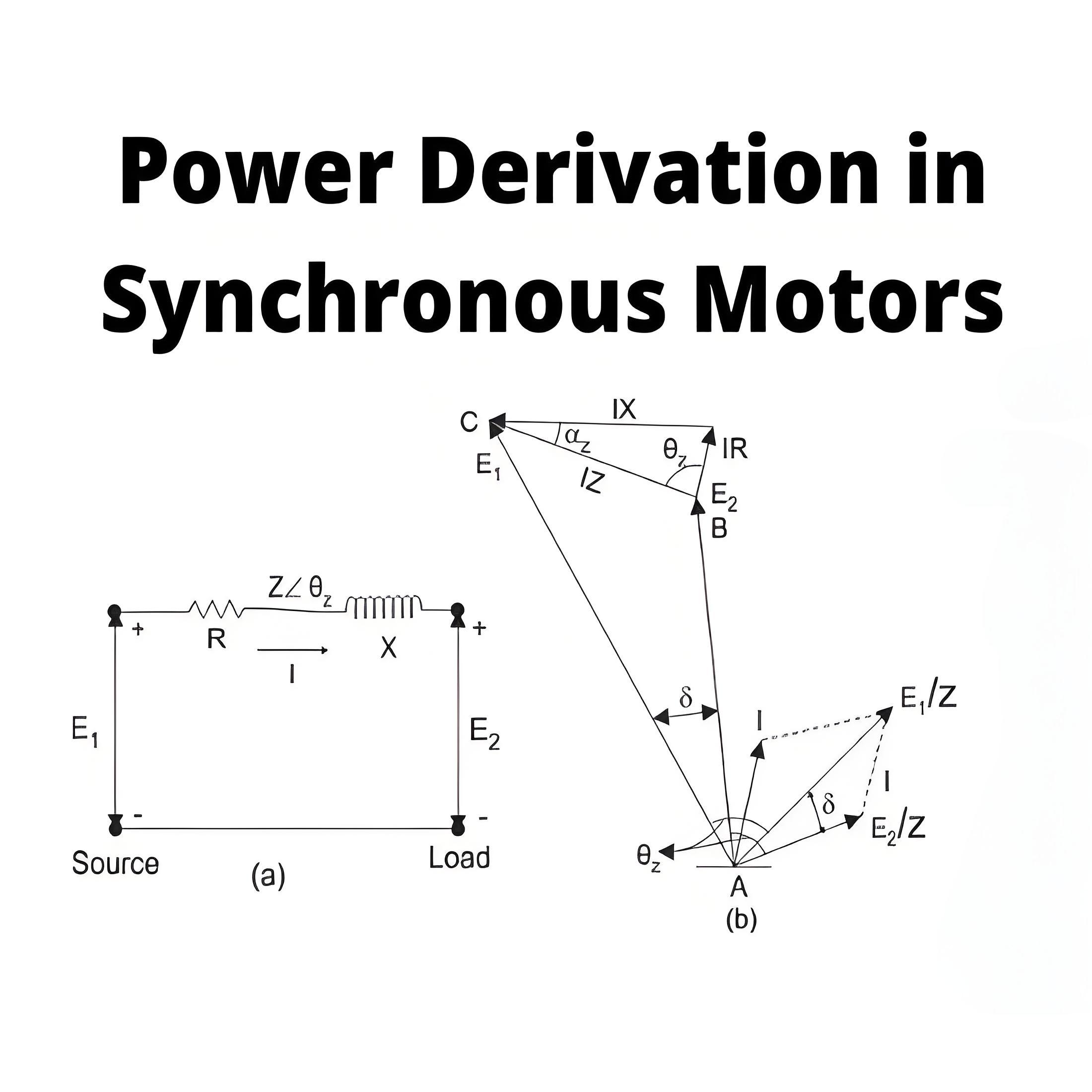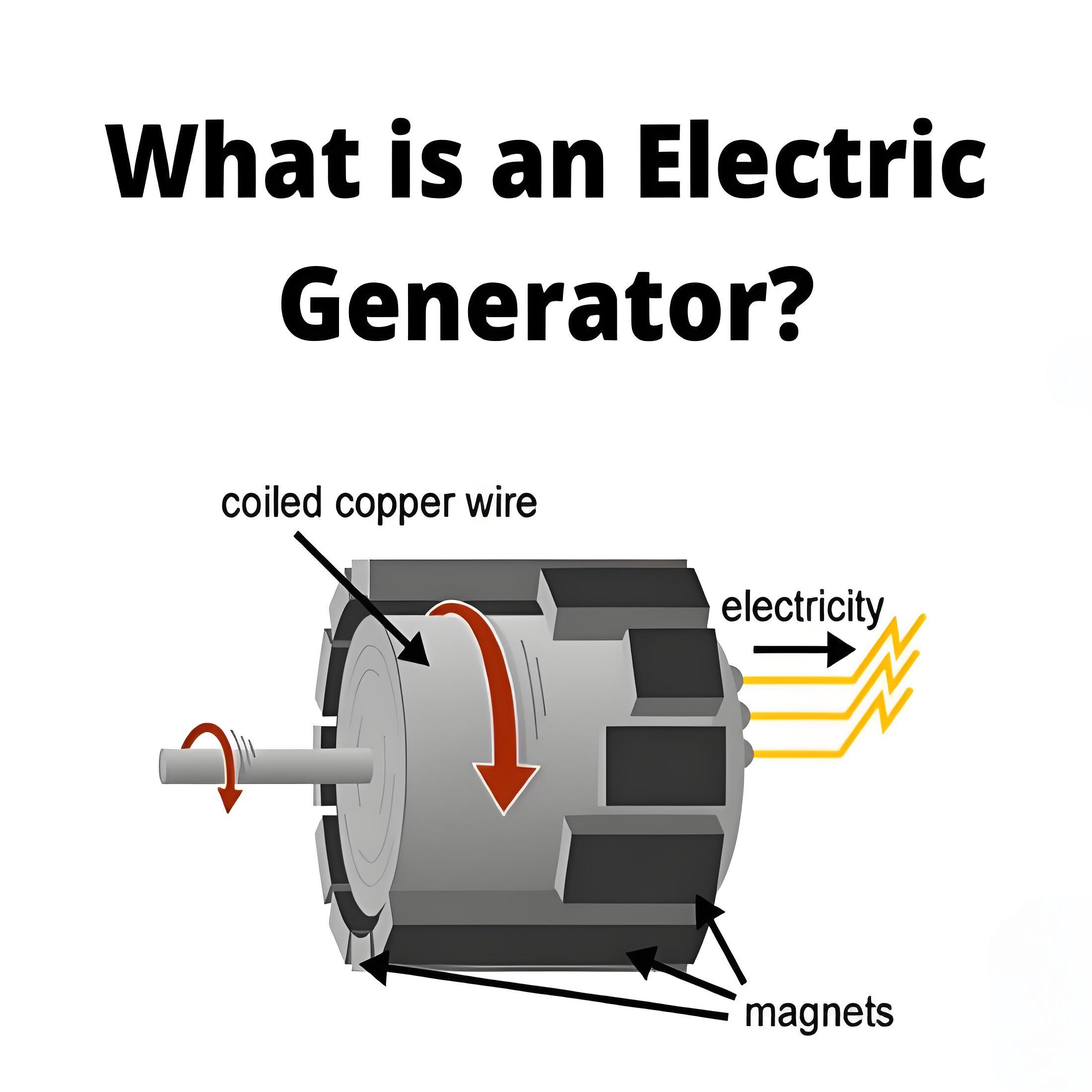What is The Synchronous Motor Model Diagram?
What is The Synchronous Motor Model Diagram?
Synchronous Motor Definition
A synchronous motor is defined as an AC motor where the shaft rotation matches the frequency of the supply current.
Synchronous Motor Circuit Diagram
The synchronous motor circuit diagram includes terminal voltage, effective resistance, leakage reactance, fictitious reactance, and synchronous reactance.
Counter EMF
Counter EMF is the voltage induced in the stator winding due to the rotating magnetic field, which opposes the applied voltage.
Zero Power Factor Method
This method involves plotting the armature terminal voltage against the field current at zero lagging power factor to measure synchronous reactance.
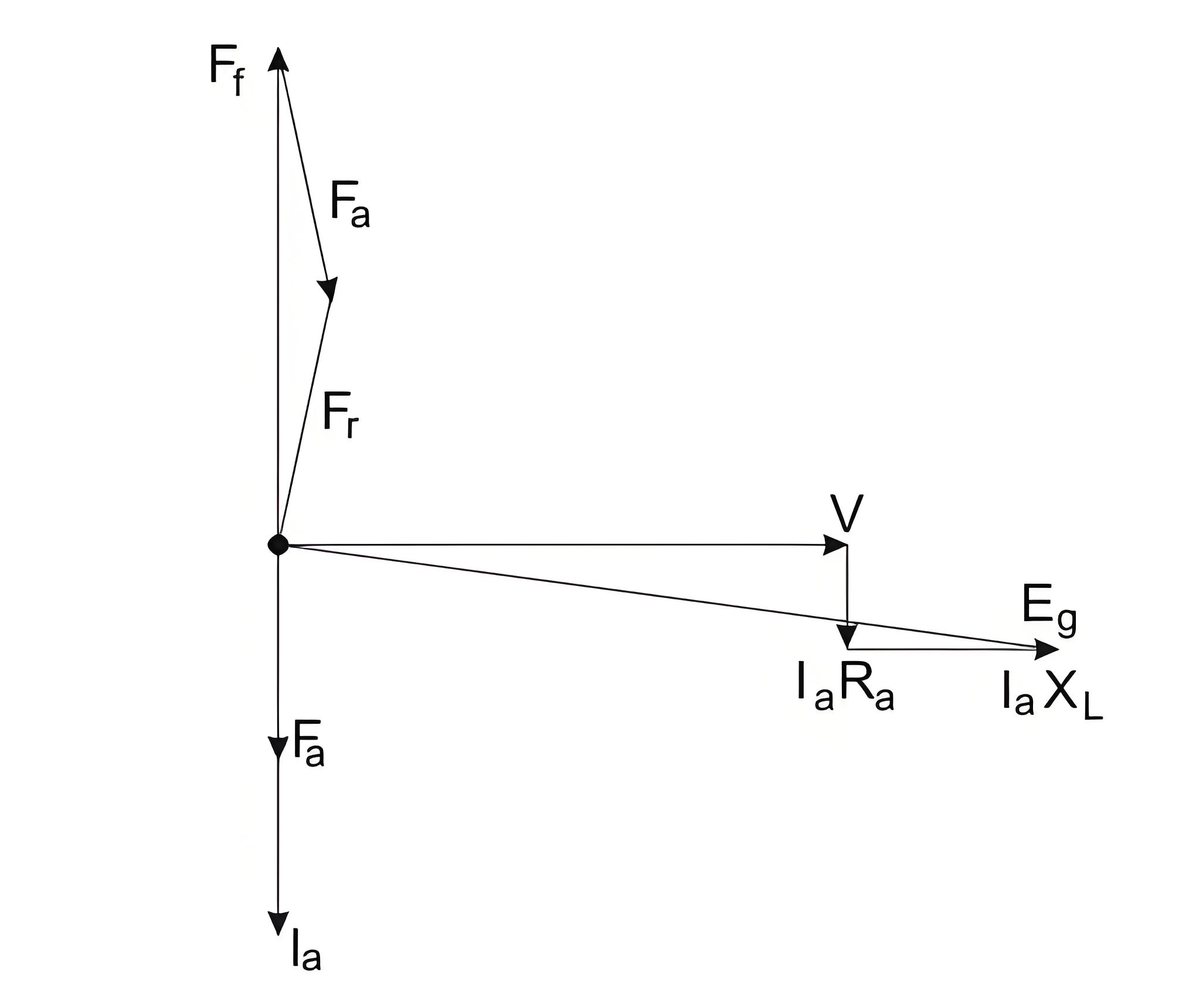
Y = Terminal voltage
Ia = Armature current
Ra = Armature resistance
XL = Leakage reactance
Eg = Generated voltage per phase
Fa = Armature reaction mmf
Ff = Field mmf
Fr = Resultant emf
Potier Triangle
A graphical representation used to determine synchronous reactance by forming a triangle that represents different voltage drops.
The Electricity Encyclopedia is dedicated to accelerating the dissemination and application of electricity knowledge and adding impetus to the development and innovation of the electricity industry.
